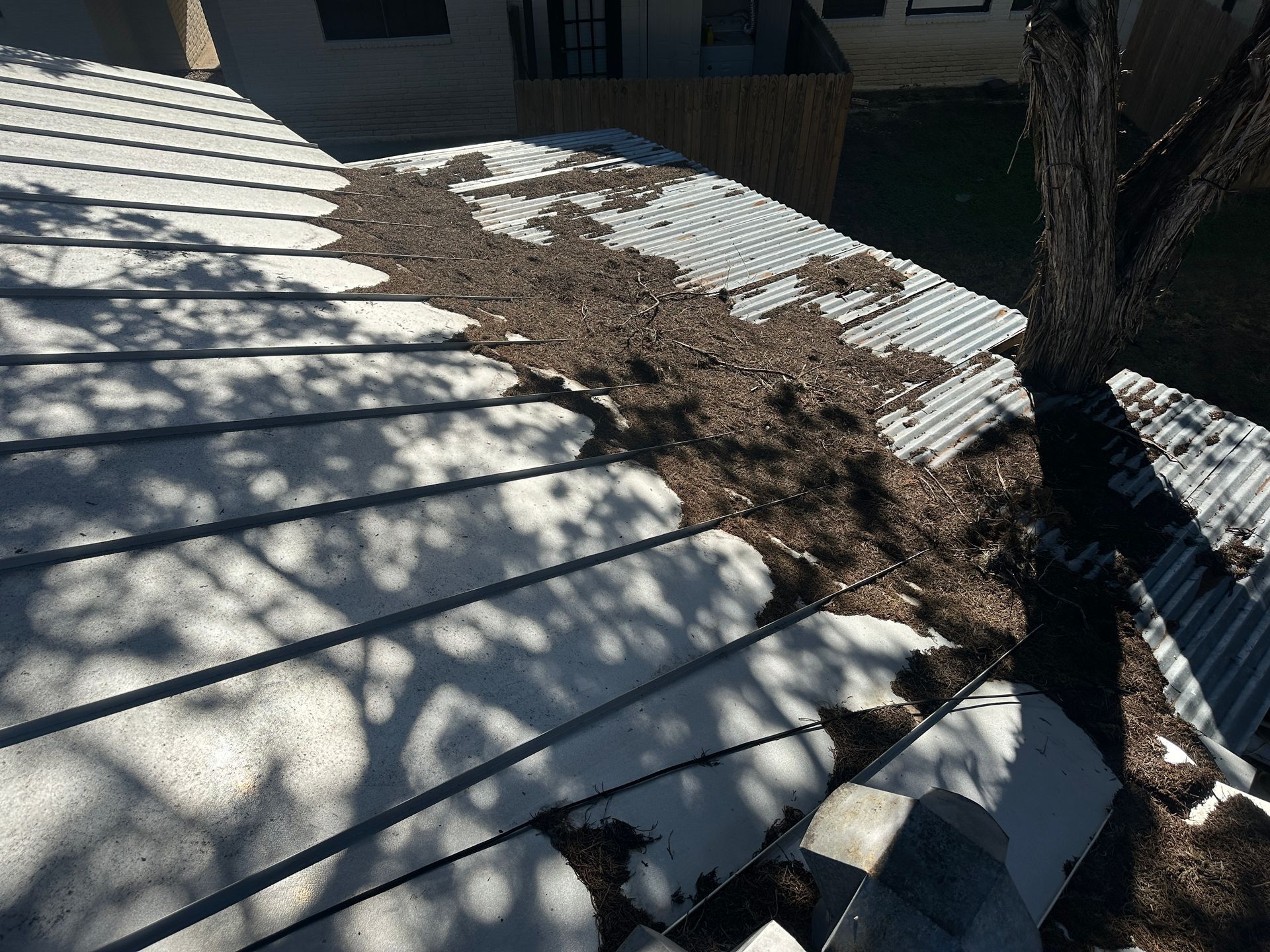Give Us A Call (210) 760-1230
San Antonio Roofing Contractors
Fall Means Roof Repairs..
Roofing contractors differ on when is the best time of year to replace your roof in San Antonio.
Some say spring and the beginning of summer is a good time because the weather hasn’t gotten too warm yet. In hot weather the installation process takes longer, due to the risks of heat exhaustion, and also the risk of injury to roofing materials that are more difficult to handle in extreme temperatures.
A reason given for homeowners to have their roofs replaced during early summer is they will not pay as much for labor and roofing materials. This is because business usually drops off, and contractors are eager to get the work. But the general consensus among roofers is fall is the optimal season to perform roofing installations. Here’s why.
Faster Installations and No Harm to Materials
Roofers can complete the job of installation more quickly in balmy fall weather, saving the homeowner money. Fall temperatures also make the roofers’ jobs easier when it comes to handling materials.
Let’s talk about asphalt shingles , for example. In cold-weather months they turn brittle and can break easily, whereas in the hotter months of the year they tend to become much too flexible, which makes them hard to remove from the packaging. In addition, the asphalt finish can begin to melt a little, increasing its odds of being damaged.
A tangential issue of softened shingles is roofing contractors increase their chances of a slip or fall because the altered state of the asphalt shingle does not provide enough traction to walk on the roof safely. Working on a sloped roof is risky enough as it is without the added danger of a less than functional piece of asphalt shingle.
So it’s easy to see why many contractors in the roofing industry consider fall the perfect season to repair or replace roofing. Here’s an argument against rainy-weather roofing projects and autumn’s allure for roofers.
Roof Inspections and Material Breakage
You’ll probably want to find out if you even need a new roof first before sinking some cash into getting it done. You might only need some minor repair made to get it in shape for the storm season. And fall is the time to get it accomplished before the rainy season hits full force. The old roof with its holes and leaks will worsen under the pressure of unrelenting rain storms.
A new roof installed in the fall will provide the tight seal necessary to protect the roof’s underlayment from moisture seeping through to it. Shingles need time to adjust to the underlayment to complete the binding process that will create an impenetrable seal. You want to hit the sweet spot of those perfect fall days when temperatures are in the “Goldilocks spectrum,” neither too hot nor cold.
Trying to install a new roof during the winter’s freezing temperatures is a daunting prospect since brittle asphalt shingles are liable to break without much handling. Also, in cold weather roofers will be forced to nail down the shingles manually or apply adhesive, both a very slow process, and—you guessed it—raise labor and material costs. This labor-intensive step is necessary to protect your roof’s warranty, which you would not want voided before its time expires.
Plan for the Future
You need to think ahead of time about a roof inspection and / or roof replacement. By August roofers become busier, and to get an appointment for an inspection may take at least a month or more.
Begin by researching roofing contractors, paying attention to such important details as licensing and bonding, references (work done for other customers), and years in business. But longevity is not always the best indicator you’re hiring the most capable and trustworthy roofing contractor. Even roofing companies that have been in business a shorter period of time can be just as professional and experienced if they have worked for other roofing contractors before starting their own businesses.
You must also feel comfortable working with the contractor, and free to ask as many questions as you judge necessary to ensure you understand the work being undertaken, the pros and cons of different roofing materials , and other concerns as they arise. After all, you’re the one footing the major expense a new roof will cost.
The Rewards
Once you’ve had a new roof installed in the best of all possible seasons, fall, by the time cold weather temperatures set in, you’ll experience the benefits of a well-insulated home, afforded by the protection of a new roof. You’ll find less of a need to turn on your heating system, prolonging its life, and lowering your energy bills! Over time the comfort and savings of better insulation will offset the expense of your new roof that was installed under optimal weather conditions, with less labor and material costs!
The post The Fall Weather Means Roof Repairs or Replacement appeared first on San Antonio, Texas Rio Blanco Roofing.
We Are Certified Roofers
Get a free consultation
Get a free professional evaluation of your roof, solar, or other home restoration needs.
There is never a charge for our consultation.
Rio Blanco Roofing & Restoration
1846 North Loop 1604 W. Suite 205
San Antonio, TX 78248
Phone: 210-760-1230

All Rights Reserved | Rio Blanco Roofing & Restoration


